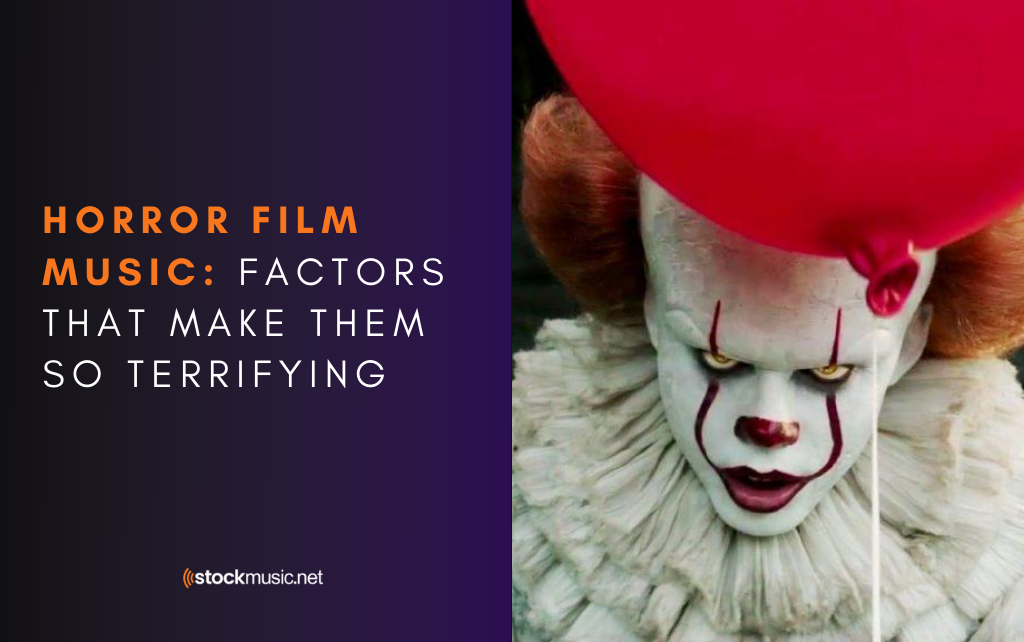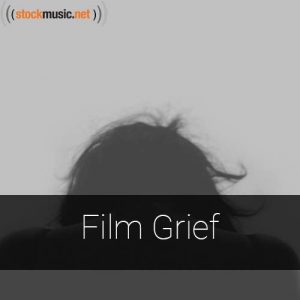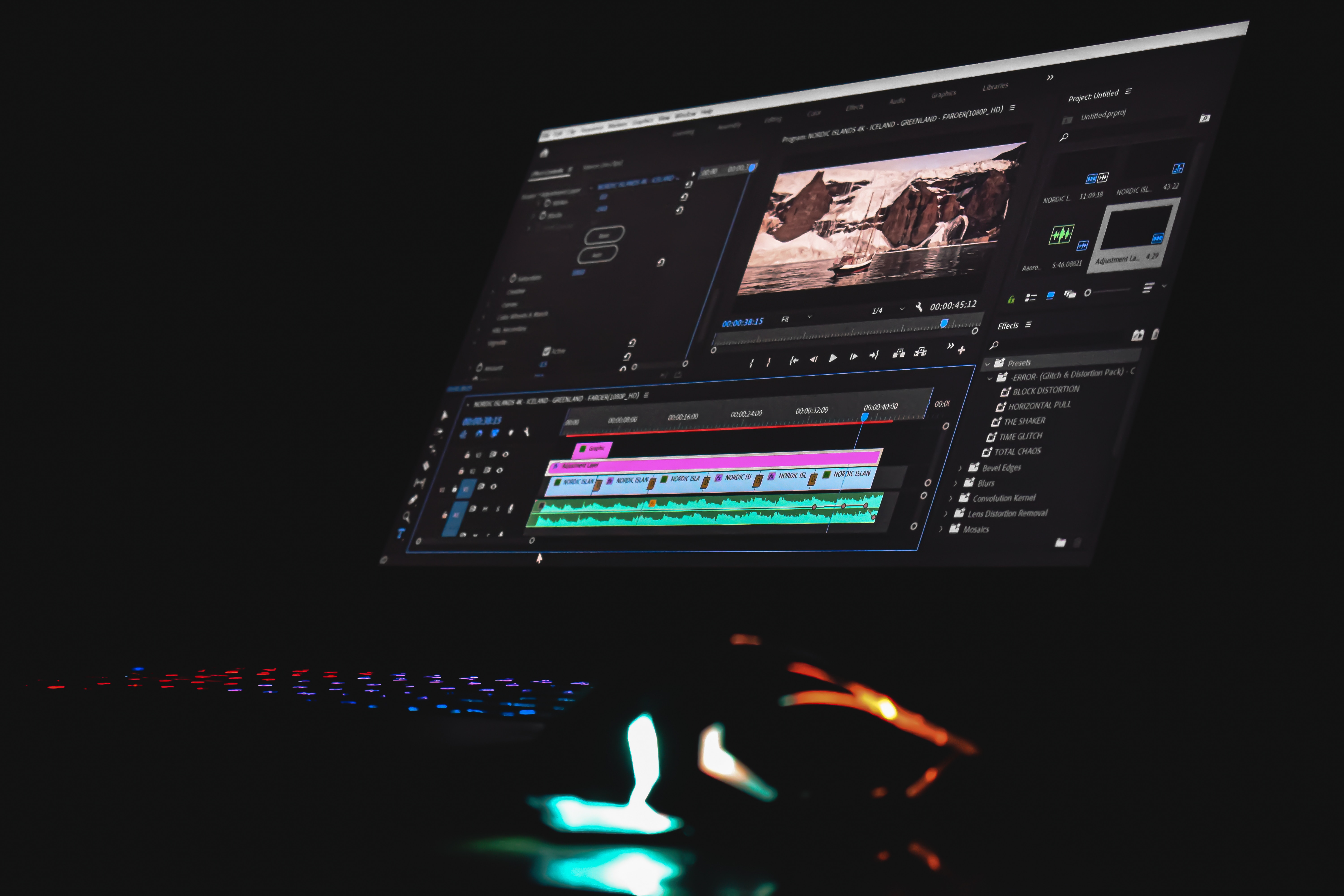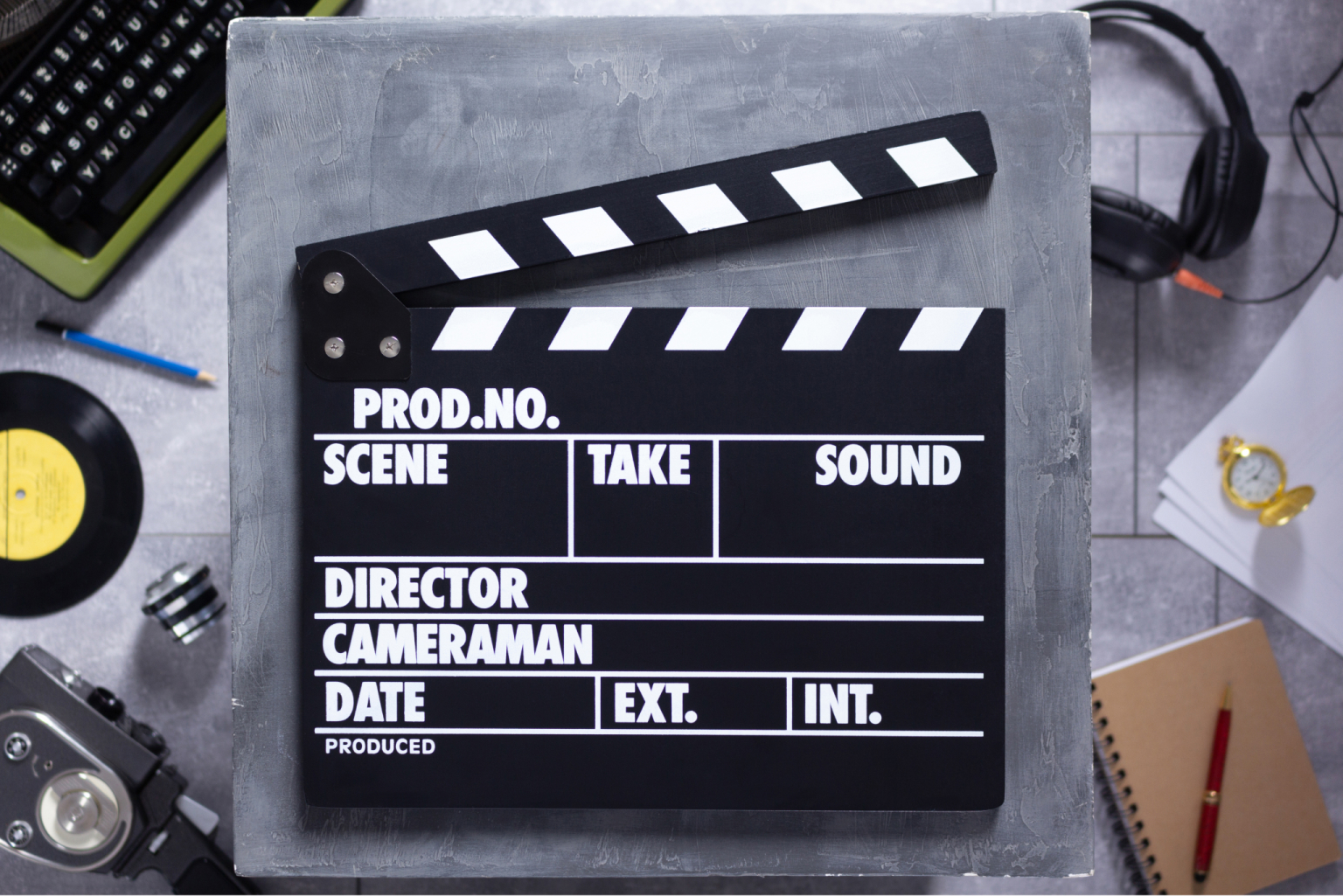What makes horror movie music so scary?
Effective horror film music is not just about using a spooky film score that plays when the villain comes on screen. Finding the right jump scare sound effect to make audiences leap out of their seats can be more difficult than you think.
We looked into the tactics used by audio experts that help turn a scary scene into a terrifying one.
The music in a film is what moves the audience and enhances the emotional experience. When paired with the right visuals, a filmmaker can influence and enhance what is shown on the screen and how a viewer feels about it.
The horror genre is about raw, visceral emotion. It targets the basic human fears whether that’s rooted in the current cultural anxieties or provoking a person’s primal flight or fight response.
At stockmusic.net, we believe music is the language of emotion.
If you are a fan of the genre or have ever been scared by a horror flick, then you know horror film music is a crucial component that completes the art.
Sure, a creepy mask or a terrifying chase scene gets the blood pumping. But a horror film would be nothing without a creaking door, screeching violins, or a blood-curdling scream. No other genre can manipulate its audience with sound design the way horror can.

Minor Keys and Dissonance
Emotional horror is all the rage right now. From movies Hereditary to Get Out, audiences are being pulled into what the characters are feeling during those scary moments on screen.
In Westernized music, we compose music through keys that convey mood and emotion. A major key gives off a feeling of positivity and general happiness. A minor key on the other hand is a variation of the major key, usually lowered a few steps. This gives off a more dark or sad emotion. To some, it can even sound “off”, like something isn’t right.
You can take a piece composed in a major key and transcribe it to a minor key, changing the association of what may have been a happy piece into an ominous one. This creates an uneasy feeling of dissonance, which can be the feeling you want to create when choosing horror film music.
Another way to describe the uneasy feeling you want in a horror movie music is consonance vs. dissonance, or pleasant vs. unpleasant.
Dissonant music sounds unstable and conveys a feeling of grief and conflict. The reason is that dissonant music often goes unresolved. This refers to how a piece of music usually has a sensible beginning and end. With dissonant music, that structure can be lost, thus creating a strained or even anxious feeling.
This is where you want your audience to be: in a state of unrest, unsure of what’s to come.
Without resolution in the music, the audience cannot predict what is going to happen next. And within that uncertainty is where scares become most effective.
Sound designers often use "dissonant" when they deliberately match the wrong music with the scene. Think of cartoon music during the final fight.
Using Horror Film Music Sound Effects Like a Pro
It’s not only creepy atmospheric music that makes a horror film terrifying. Sound effects are a huge component of creating a genuinely scary sound design.
It is important that you spend time and effort planning where and what types of effects you will be using. You’re not going to make an audience jump if the screams are unrealistic and cheesy. So making sure your sound effects are high quality and convincing is important.
If you don’t have the equipment to record your own horror movie sounds, purchasing royalty free scary music and sound effects is an easy and cost-effective way to go.
Just like royalty free music, you can buy sound effects under a usage license and use it as many times as you need. Plus, there are also other types of horror movie background music and effects that you can use to make your horror project as scary as possible.
There are many “horror mood” options that have a more consistent effect. Low drones, for example, can create a creepy feeling that can last throughout an entire film. Ambient humming, mechanical movements, and moans are sounds that often boost the level of scariness.
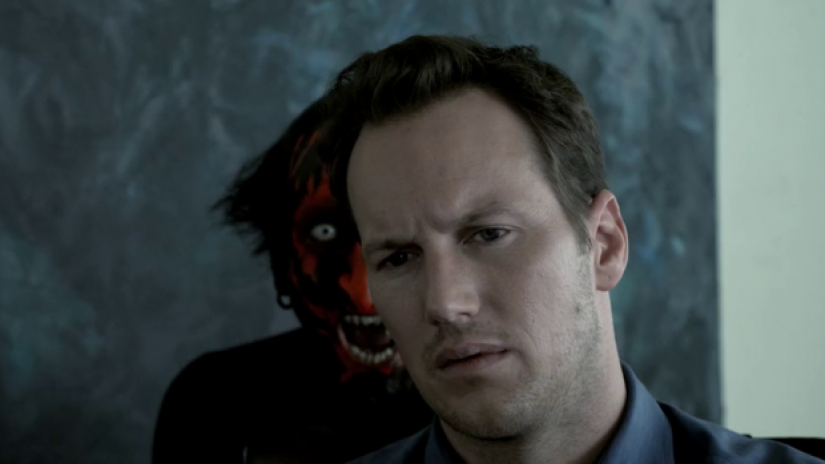
Infrasound In Horror Movies: Have You Heard About It?
One way to make that creepy feeling is a sound design technique that you can’t actually hear at all.
There are levels of sound waves that exist outside the range of the human ear that still have an effect on you. This phenomenon is called infrasound.
To create this seemingly silent sound design, you want to get a track that is 19 Hz or lower.
Infrasound in horror movies have sound wave frequencies that are so low your ear can’t pick up on it, but you feel it physically. It can lead to symptoms such as uneasiness, dizziness, and general discomfort.
When there’s a physical change in the body without seeing or hearing anything, it can lead people to think supernatural forces are at work. In fact, evidence of infrasound has been found in areas that are considered haunted.
The common frequency at which humans stop hearing sound waves is about 20 Hz. So to create this seemingly silent sound design, you want to get a track that is 19 Hz or lower.
With this knowledge, horror music composers can effectively make an audience feel fear without them knowing why - enhancing a movie’s visuals and horror film music experience.
Expectations Are made In The Editing Room
Horror music composers play off the audience’s expectations.
Perhaps the most important feature in creating scary horror film music, is how you edit the images on screen and time them with the sounds in your production.
To illustrate this, let’s walk through some scenarios of how you can edit your video and sound to manage the expectation of the audience.
Build Up
If you begin to build up an insidious violin screech, the audience is going to expect a scare to come at the end of it.
You could add a frightening action that matches your eerie violins. Or, you could cut that expectation by not ending the sequence with a scare.
The audience is now on the edge of their seat. You’ve put them in a place of confusion. You’ve disrupted this pattern of the film music matching the mood.
Surprise!
Just when the audience thinks the scary part is over, insert a jump scare sound effect immediately after the violins cut out - when the audience isn’t ready.
That being said, you can’t do this for every scare sequence, or else you’ll just end up confusing the viewers.
Take for example 1971’s Carrie and the original Friday the 13th(1980). These filmmakers thought it was important to get one last shot in before credits rolled in order to make sure the audiences left with their heart pumping. The music they overlayed made sure that they were allowed to relax for just a second before
Finding the Creepy Combination
Sometimes creating that perfect horror scene is all about getting the most terrifying music to go with the scariest images.
No tricks here except for good old fashioned scary movie music.
If you find a great collection or composer that does a bang-up job creating the sounds and atmosphere that support your vision, you've hit the jackpot.
Stockmusic.net is constantly curating and adding in new horror music and effects into our database with the purpose of specifically supplying horror films.
Adding that extra layer of horror soundtrack to your scenes will almost always create more fear, making them more effective and horrifying.
No matter what kind of horror project you are working on, sound design is going to determine how effective it is. Keep in mind our horror film music tips when scoring your horror film so you can get the maximum scare from your audience.
If you like to learn more about some of the sound masters behind films like The Exorcist, check out 10 of the Coolest Sound Effects from Film ( And How They Were Made)

